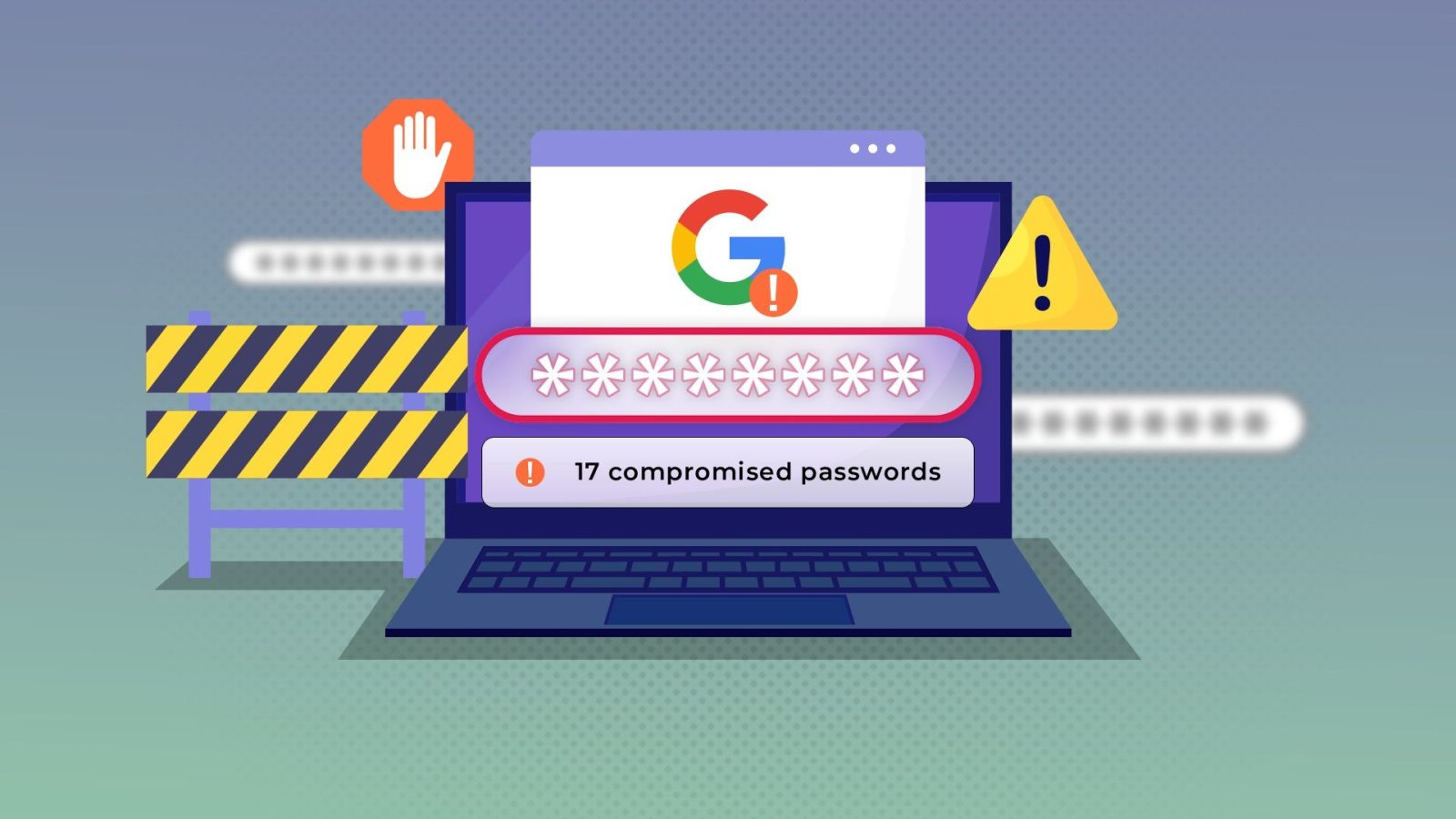For a lot of us, Google plays an outsize role in digital life. Through its various apps and services, Google handles our online search, our email, digital photos, cloud storage, browser history, and then some. An active Google account is a lot of personal information in one place, making it a potential treasure trove for bad actors.
Google’s got measures in place to prevent unauthorized account access (remember to always use 2FA!), but no security is perfect. Someone getting hold of your Google account password could be relatively catastrophic — but if that does happen, there’ll be signs to look our for. Here are five clear indications your Google account password has been compromised.
Related
World Password Week 2025: AP’s expert tips to stay safe online
The words we trust — and the risks we forget — in our online lives
1 Your old password doesn’t work anymore
This is an obvious one: if you can no longer access your Google account using the password you most recently set for it, it’s possible someone else has accessed your account and changed your password.
If this happens to you, you can visit Google’s account recovery page to try to regain access. Google recommends trying this using a familiar device in a familiar location — a phone or computer you’ve accessed that account with before, from a location where you’ve previously logged in.
2 Notifications asking if you just signed in
Source: Lucas Gouveia/Android Police
When your Google account is accessed on a new device, you may receive a notification on your linked Android devices asking whether you just signed in from another device. This notification will include a device type, a time, and a location.
If you didn’t sign in yourself, you can tap “No, it’s not me.” Doing so will sign out of your Google account on all other devices and send a second notification to the device you’re currently using. That second notification provides quick access for you to change your Google account password — which, if this happens to you, you should do ASAP.
3 An email saying a suspicious sign-in was prevented
Google sometimes blocks sign-in attempts, even those that use the correct credentials, if they’re somehow suspicious — if someone attempts to access your account from an unusual location, for example, or using an unusual device. In these cases, you’ll receive an email from Google letting you know that the suspicious activity was caught and prevented.
If you receive an email like that, it does mean that the unauthorized access to your account was nipped in the bud. But it also means that someone, somewhere, got your login credentials. If this happens, you should always set a new password from your Google Account settings.
Related
4 A bright warning at the top of your screen
If there’s unusual activity on your Google account, like your login details being used from an unfamiliar device or in an unusual place, you may see a red bar at the top of Google’s desktop interfaces (the Gmail website, for example) that reads “We’ve detected suspicious activity in your account.” If you see this warning, you can head to Google’s security activity page https://myaccount.google.com/notifications to get more information.
As always, if you believe someone else has accessed your Google account, you should change your password as soon as you’re able.
5 Weird devices showing up on your Google account
You can manually check which devices currently have access to your Google account. Head to your Google Account page https://myaccount.google.com/ and click Security. Scroll down to Your devices and click Manage all devices. There, you’ll see a list of every device where your Google account is signed in, labeled with device names, locations, and times.
You can click on any of these devices to find an option to remotely sign out the next time the device connects to the internet. It’s good practice to revoke access on devices you haven’t used for some time — and of course, if any of the sessions listed originated from devices you don’t recognize, it’s time to change your password.

Leave a Reply